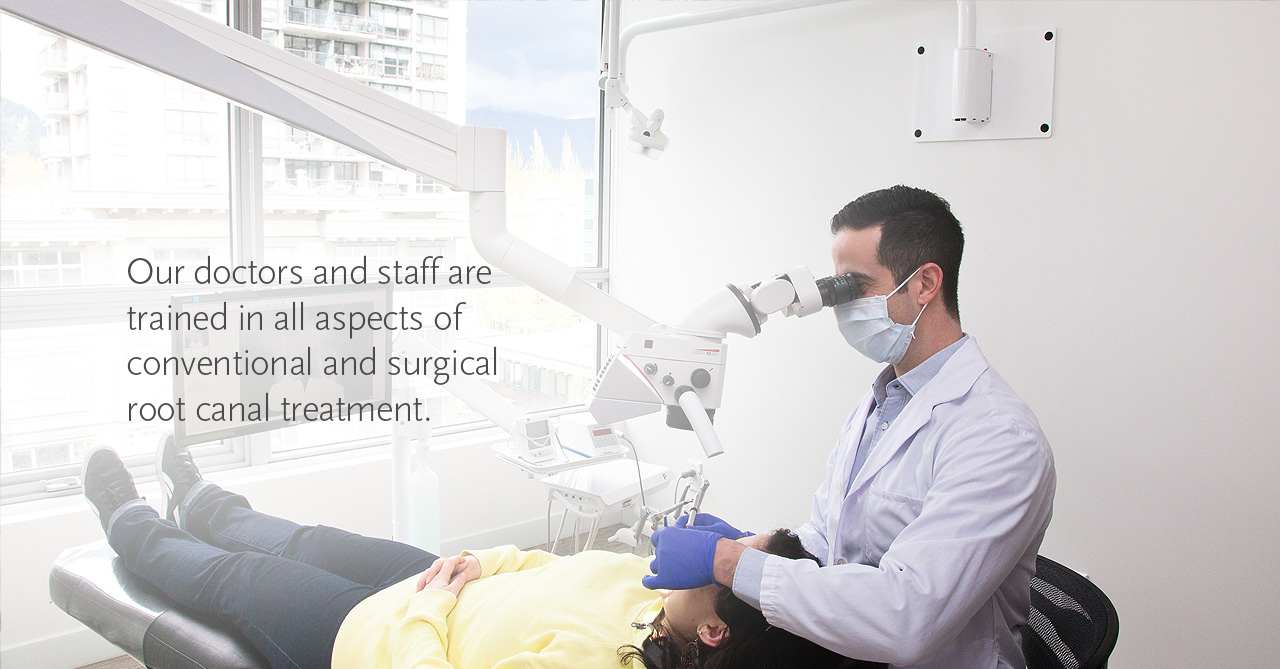
Endodontic Retreatment
As with any dental or medical procedure, there are instances where the tooth does not heal fully as expected due to persistent or new infection. This can happen for a variety of reasons such as:
- Narrow or curved canals were not negotiable or otherwise blocked
- A complicated root canal anatomy.
- A crown or filling was not placed soon enough after the procedure which resulted in contamination of the canal filling.
- New decay exposes the root filling material to contamination, causing a new infection within the tooth.
- Loose, cracked, broken crowns or fillings can expose the tooth to new infections.
Non-surgical retreatment involves the removal of the original root canal filling, followed by re-cleaning, re-disinfecting and refilling of the canal system. In some cases this will require a disassembly of the existing restoration which may mean removal of a crown, posts and restorative materials to gain access to the canals.
Once the tooth is retreated, a temporary material will be placed to seal the opening or a final restoration or core will be placed. Patients will be asked to return to their General Dentist for reconstruction.
Individual cases are different, especially when involving retreatment. Generally endodontic treatment has an extremely high success rate. However, because the natural anatomy has often been disturbed by previous treatment attempts, retreatment prognosis can sometimes be affected by complications such as broken instruments, perforation, deviation or ledges.







